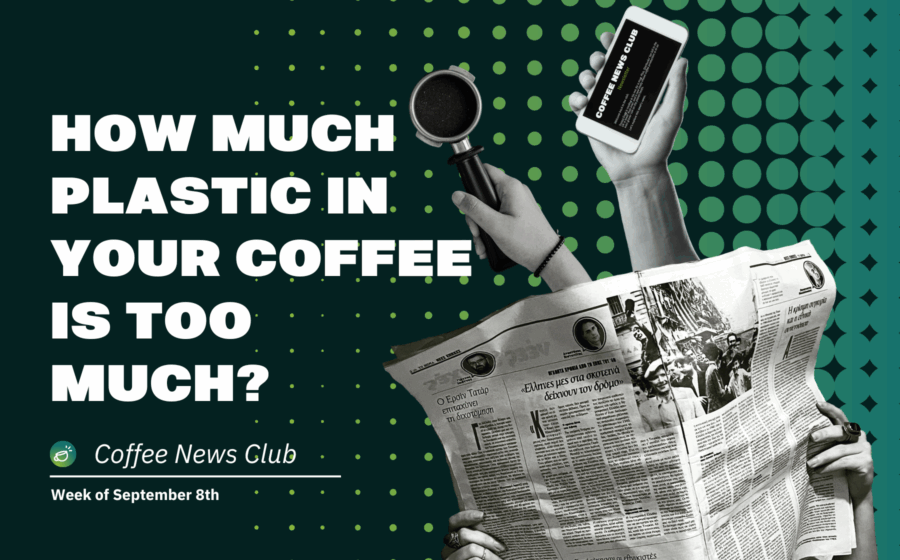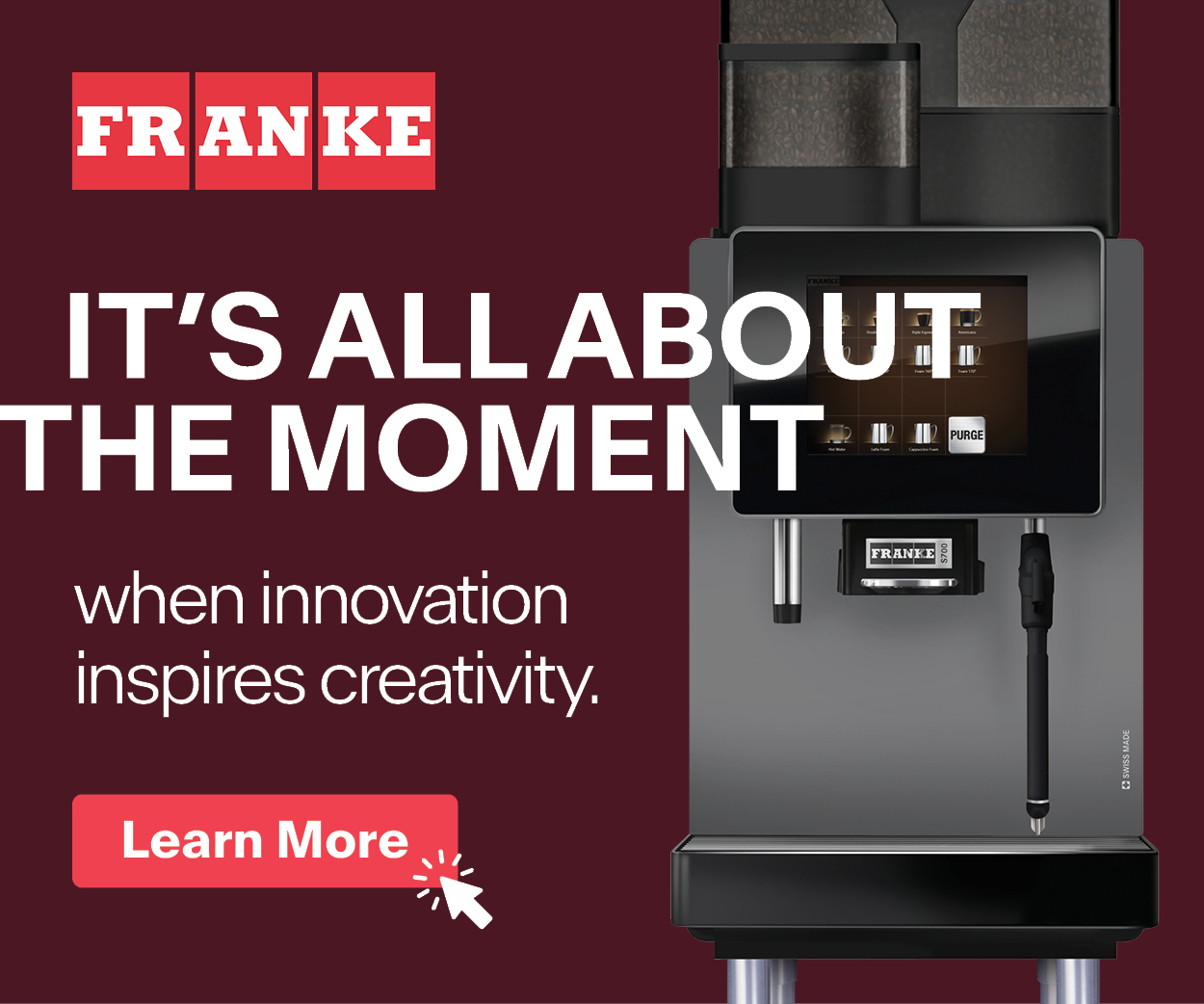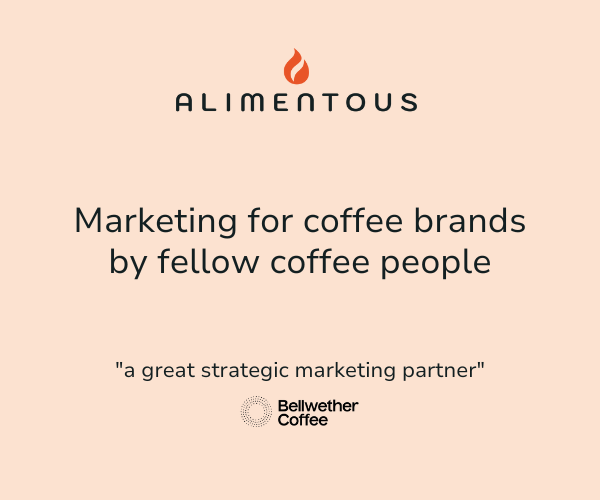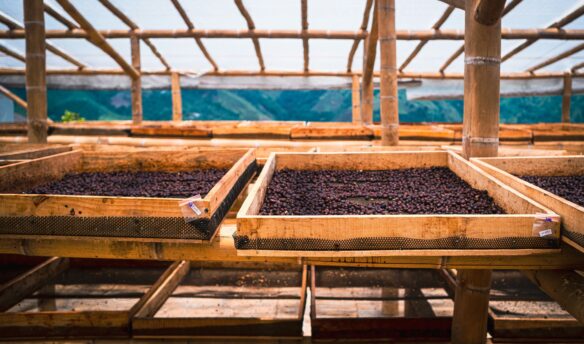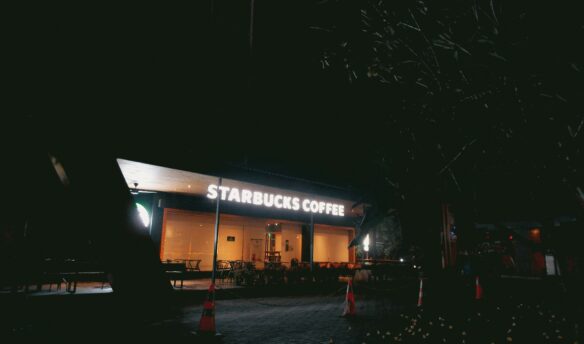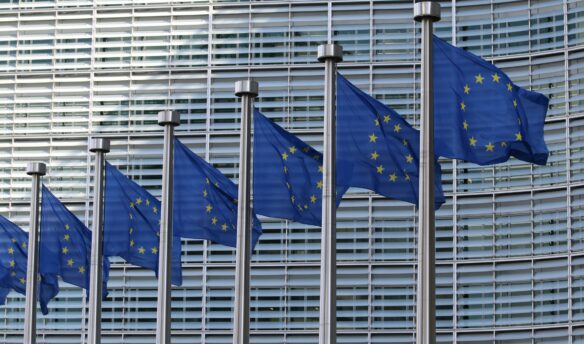That’s a USB stick, not a milk frother: De’Longhi rebrands its espresso machine as a computer. Plus, demystifying the concept of regenerative agriculture, and how much microplastics is too much for your coffee?
‘GCP Publishes RegenCoffee, Proposes Common Language for Regenerative Agriculture’ – via Daily Coffee News
Regenerative agriculture is a popular term in coffee right now. The phrase can cover a wide range of practices, from rebuilding soil health to fostering biodiversity to reducing greenhouse gas emissions.
However, there is currently no agreed-upon definition of precisely what regenerative agriculture is or involves, which runs the risk of letting it become just another fuzzy marketing buzzword rather than a clear framework. An organization called the Global Coffee Platform (GCP) wants to change that.
The GCP released a document called the RegenCoffee Guidance, which offers a framework and common language for the coffee industry. The document is meant to standardize concepts around regenerative agriculture as more stakeholders become interested in the practice.
GCP is a multi-stakeholder membership association that includes private and public coffee organizations, NGOs, and farmer groups. The guidance was put together over the course of six months, GCP said, with technical support from representatives of farmer cooperatives, multinational coffee roasters and traders, and environmental groups. Funding for the project came from Illycaffè, JDE Peet’s, and Nestlé.
GCP defines regenerative agriculture in coffee, or “RegenCoffee” as they call it, as:
“A holistic, outcome-focussed approach to sustainable coffee farming that emphasizes improving and restoring resources and services by nature (primarily soil, biodiversity, and water) to achieve improved profitability and resilience of coffee farming systems with benefits for farmers and ecosystems, thus ensuring long-term coffee supply.”
The document emphasizes a flexible, “farmer-centric” approach that takes into account local context and farmers’ individual situations. It focuses on four “core impact areas,” including soil health, water quality, improved biodiversity, and resilient farmer livelihoods.
“The threat to sustainable coffee production is real, but so is the opportunity,” said GCP executive director Annette Pensel in an announcement. “By embracing regenerative agriculture in partnership with coffee farmers and governments, the coffee industry can mitigate these challenges while fostering a pathway to farmer prosperity and supply resilience.”
Read more on regenerative language here.
‘How De’Longhi Dodged Tariffs by Labeling Its Coffee Machine as a Computer’ – via Inc.
Lots of modern coffee machines come stuffed full of electronics. They have touchscreens, customizable programs, and many can connect to WiFi for some reason.
Italian manufacturer De’Longhi is taking full advantage of that fact by rebranding some of its espresso machines as computers. Why? To sidestep some of Trump’s tariffs. In late July, the United States placed a 15% tariff on goods from the European Union; however, computers and some other electronics were given an exemption.
As Melissa Angell reports for Inc., De’Longhi worked with a Spanish marketing firm to design an advertising campaign that pokes fun at the computer loophole. The company’s website features a video that states, “Since April 11th in the United States, every machine that processes data, gives output, stores information, and runs programs has been exempt from tariffs for being considered a computer. So, meet the computer that also makes coffee.”
The De’Longhi website lists two identical products with slightly different labels. The one labelled “coffee machine” has an “easy-to-use touchscreen” and “16 different types of drinks,” while the one labelled “computer” is slightly cheaper and has a “smart input recognition” and “16 customizable programs.” The joke—as you’ve likely surmised—is that the machines are exactly the same.
The campaign is likely a tongue-in-cheek marketing initiative rather than a legitimate tariff-avoidance strategy, given the potentially punitive penalties for tariff evasion. However, it does highlight the problems coffee equipment companies currently face trying to sell products in the U.S.
In May, we brought news that Fellow Products had to pause imports of its much-hyped new espresso machine after Trump placed huge tariffs on products from China. Just this week, Reuters reported that Thermoplan, a Swiss coffee machine manufacturer, said the 39% tariff on Swiss goods is costing the company $250,000 every week.
Read the full story on the tariff sidestep here.
More News
‘Key Starbucks Supplier in Switzerland Tastes Bitter Harvest of Trump Tariffs’ – via Reuters
‘Kenya’s Java House Reaches 100-Store Milestone’ – via World Coffee Portal
‘Belgium topples US as biggest buyer of Kenya’s coffee’ – via Daily Nation
‘Coffee Roasters Hike Prices in Brazil as Raw Bean Costs Surge’ – via Reuters
‘Black Rock Coffee Bar Files for IPO, Seeks to Raise $265 Million’ – via Daily Coffee News
‘Coffee Prices Rise Almost 100 US Cents/lb: ICO August Report’ – via Global Coffee Report
The Week in Coffee Unionizing
Last week, Lookout Santa Cruz reported on a new surcharge Verve Coffee Roasters added to customers’ tickets (we covered this story in last week’s newsletter). The surcharge was added to offset health insurance benefits and costs, according to the company, but baristas pushed back, claiming that many workers are part-time and don’t receive benefits.
Now, those same baristas are unionizing.
As Lily Belli, who reported the original story, writes, workers at three Verve locations in Santa Cruz and San Francisco announced their intent to unionize on Labor Day. Workers are demanding higher wages, improved benefits, and more decision-making power.
“People don’t feel like their voices are heard, or that their questions are being answered. It makes us feel disrespected at work,” said shift lead Sasha Pavy. She told Belli that working conditions have deteriorated in the nearly three years she’s worked at Verve, and wages aren’t high enough to support living in Santa Cruz, an area that is often named the least affordable in the country.
Verve was founded in 2007 and has opened 19 locations in California and Japan. “We love our team, and we will always have their back,” the company told Lookout Santa Cruz in a statement regarding the union. “While we do not believe a third-party organization is needed to serve the best interest of our team, we will respect the outcome regardless.”
Employees worked with the United Food and Commercial Workers Union over the past six months, and more than 80% of eligible workers signed union authorization cards. They have asked Verve to recognize the union voluntarily.
Is Coffee Good For You?
We’ve reported before about studies that show plastic to-go cups can leach microplastics. One study estimated that drinking one cup of coffee from a takeaway cup each week could mean ingesting 90,000 microplastic particles each year.
New research affirms that fact, albeit with less terrifying numbers (what’s a non-terrifying amount of microplastics to ingest?).
A study from the U.K., published in Science of the Total Environment, examined a selection of common beverages to see how much microplastics each one contained. They examined 155 samples of drinks in various containers, ranging from hot coffee in plastic-lined takeaway cups to iced coffee, tea, and energy drinks. Each sample was filtered and tested using advanced microscope imaging techniques to establish the size and type of microplastic.
The researchers found microplastics in every sample, but hot coffee and tea fared the worst: on average, hot coffee had 43 particles per liter, while hot tea had 60; iced coffee, meanwhile, contained around 37 particles per liter.
This might seem low compared to previous studies, which is something the authors acknowledge. They note, however, that those studies included cellulose-based microplastics while their research focused on synthetic microplastics. “As a natural polymer, cellulose does not pose the same persistence, health risk or environmental threat as synthetic polymers, given its natural occurrence and biodegradability in the environment,” they write.
The plastics identified most often—polypropylene, polystyrene, polyethylene, and polyethylene terephthalate—are all used in packaging, which the authors identified as the primary source of microplastics in drinks. However, the wide variety of plastic types suggests additional sources of contamination, from water, atmospheric fallout, transport, and preparation.
Beyond the Headlines
‘Can Profit Sharing Make Cafes More Sustainable? Marco Suarez is Betting On It’ Amber Gibson
‘How Europe’s Deforestation Law Could Change the Global Coffee Trade’ by Paul Mwebaze



